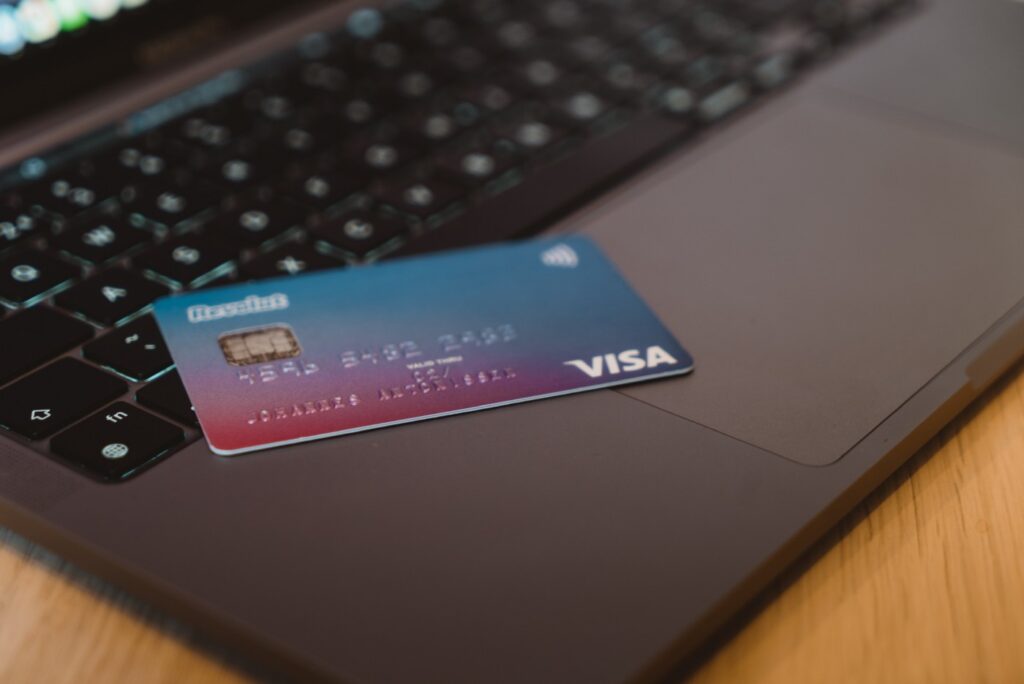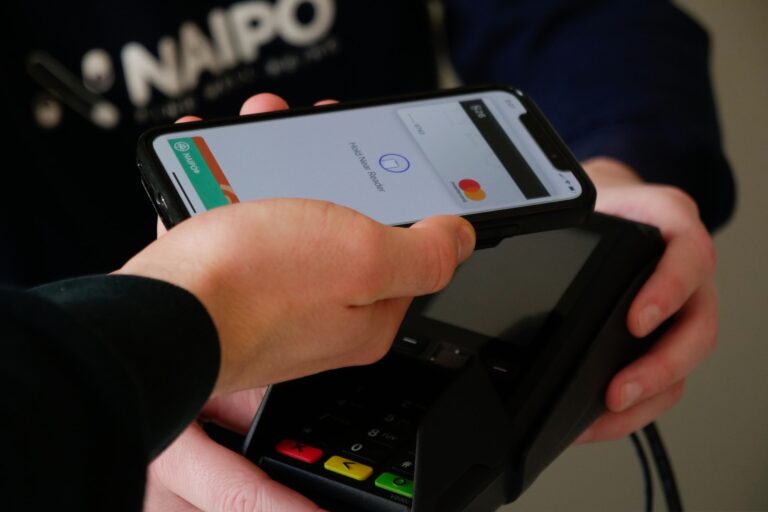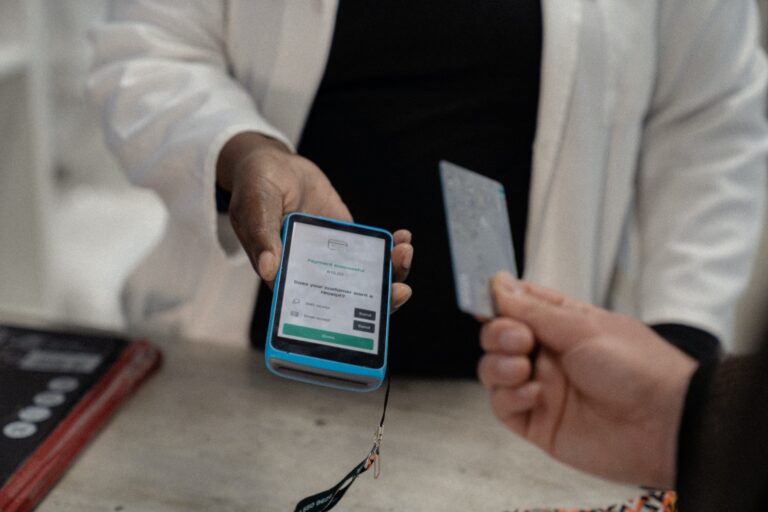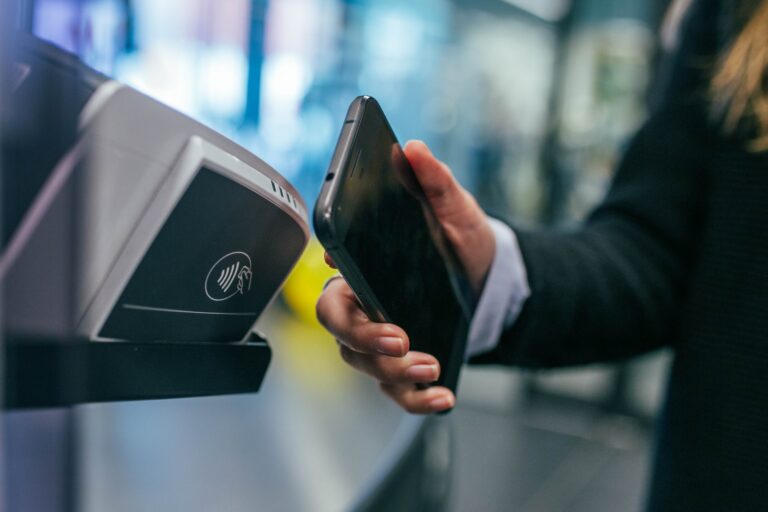A chargeback is when your business has a credit card payment reversed after the customer raises a dispute directly with their bank about a charge your business applied.
Your business wants to avoid chargebacks whenever possible. They increase costs, eat into revenue, and can damage the reputation of your hotel. Reversing a charge is a consumer right, so you need to know how to work with them.
To help you understand chargebacks and how they affect your business, we’re going to look at:
- The background of chargebacks
- When your business can receive a chargeback
- What a chargeback means for your hotel
- How chargebacks reflect on the customer
- Exactly how chargebacks work
- How to prevent chargebacks
Why do we have chargebacks?
Credit cards began back in the 1950s but it took a while to convince consumers at large to buy into them. As with so many innovations in technology, there were concerns about unauthorized transactions and fraud.
Without consumer protection, who was going to cover these losses? Under the 1974 Fair Credit Billing Act, credit card users were given the power to ask their banks to get money back if there was a problem with a transaction.
The mechanism means that the cardholder can go to their bank and ask it to get the money back from the merchant — like a refund but from the other side of the transaction.
There are quite a few reasons that a customer can request a chargeback, but the ones most likely to happen in the hotel industry are:
- The customer didn’t receive the service
- The service the customer received wasn’t as expected
- The customer does not recognize the charge on their card statement
When a charge is disputed, the bank will claim the money back from the merchant’s account, the bank will investigate the situation, and decide which side is in the right and gets the money.
While the process can seem like an annoyance for businesses, it offers a layer of security that helped credit card use boom in the 1970s and 80s and gives consumer confidence to this day.

When can a consumer issue a chargeback?
Financial Costs
A customer can request their bank to issue a chargeback for any transaction on their account that they feel falls within the rules. They can’t be sure the chargeback will be accepted and it’s worth investigating for themselves first.
One of the most common issues that hotels face in terms of chargebacks is the customer not recognising the description on their credit card statement. Lots of hotels face this issue when their transaction shows up as a parent or holding company, for example.
Working with a hospitality-focused payment solution like Kovena can help resolve this issue. Each property will be clearly described on a customer’s credit card statement to help drastically reduce the disputes raised.
Your property may receive calls to query charges from customers. From there, the property and their guest may be able to work out any issues and the merchant can process a refund if that’s the agreement.
If that doesn’t work, the customer can take the dispute up with their card issuer. The hotel will then be asked to provide any evidence about the chargeback.
What does a chargeback mean for a hotel?
Financial Costs
Every successful chargeback comes with a fee, which is usually $20-$100 per transaction. A canceled chargeback still costs the merchant to cover admin/labor costs. For example, if a guest files for a chargeback for a room service charge and they later remember that they did order those sunset cocktails one night, there are still admin/labor costs to pay from the hotel.
Regularly getting chargebacks filed can have bigger consequences. Fines of $10,000 or more can be handed out to companies that experience regular problems — it could be a big chunk of revenue for smaller properties.
Lost goods or services
When a chargeback is settled on the side of the customer, they don’t have to give anything back. Say a guest filed a chargeback for the purchase of a pair of golf shoes at a resort. If they claim they weren’t the quality expected, they still keep the golf shoes when the money is given back.
Equally, if a customer files a successful dispute about the hotel quality not being what was advertised, the housekeeping staff still need to be paid for their service even though the guest received their money back for the stay. Chargebacks can eat into revenue.
Labeled “high risk”
Payment processors will have a threshold for chargebacks and if a merchant reaches it, they can be classed as high risk. The main consequence of this is higher card processing fees.
Canceled account
It would take pretty extreme circumstances, but a merchant getting an unreasonable number of chargebacks can be banned from taking card payments. This ban can extend across other payment providers and cause long-lasting damage to the hotel.
Administrative costs
Chargebacks need to be handled by your finance department and they take some work to process. They need to be working with the accounts, gathering paperwork, and communicating with the payment processor. Finance and admin teams can definitely be put to better use.
What does a chargeback mean for the customer?
A customer can be held accountable for chargebacks. Banks and card companies understand that the process can’t be a free-for-all, so there are some consequences for customers who take advantage of the system, like:
- When a chargeback is settled in favor of the company, the customer may be liable for paying admin fees.
- A fraudulent chargeback request from a customer can lead to their account being closed, which can affect credit scores.
- Chargebacks aren’t always immediately refunded — the customer may still need to make payments and accrue interest on the transaction in the meantime.
- Since chargebacks increase business operating costs, prices can increase to account for the losses.
How do chargebacks work?
A chargeback is a multi-step process involving the customer, banks, payment processors, and the merchant. Here’s a breakdown of who gets involved and when:

- The customer files a chargeback with their card issuer — the bank or card company.
- The card issuer sends the transaction through to the scheme network, which is usually VISA or MasterCard.
- The scheme network will check the transaction and usually send it on to the merchant’s payment provider, sometimes called the acquirer or acquiring bank.
- The payment provider will receive the chargeback file. It may be resolved outright or it may be sent on to the merchant for more details.
- When the hotel gets the chargeback information, they need to provide any proof they have such as signed receipts or refund policy opt-in information if they want to re-present the transaction.
- The chargeback goes back to the payment provider, who then sends it back to the scheme provider, and if necessary, on to the card issuer.
- The card issuer gets the information back from the merchant and will either take the money back from the customer if it was already refunded or tell the customer the dispute was successful. It can get sent back to the scheme provider at this point.
- The final step can go one of two ways — either, the customer will get a full refund issued, or, the merchant will be successful in its defense and will get back any money that was initially taken from them.
How to prevent chargebacks
Chargebacks are a part of taking credit card payments and a risk that has to be dealt with. At a hotel level, there are some actions that can help reduce chargebacks being filed. Our two biggest tips are:
Label transactions clearly
Make sure that customers know exactly who has charged their card with an easy-to-identify merchant name. It’s a simple fix that’s part of Kovena’s technology and it can have a powerful effect.
Using 3D Secure
3D Secure is a two-factor authentication (2fa) process that helps to ensure it’s the guest using their card rather than a fraudster. This extra layer of security can be strong proof that the transaction was genuine and is another feature that Kovena offers to its Property Management System (PMS) partner’s hotels.
What you need to know about chargebacks
Chargebacks can be time-consuming and frustrating, but they’re just a part of doing business. Your PMSs’ hotel partners will never completely stop chargebacks, but there are clear actions you can take to reduce them.
Do you want to understand more about how chargebacks work for hotels and Property Management Systems?
Contact us and we’ll help your hotels drive down their chargebacks.


